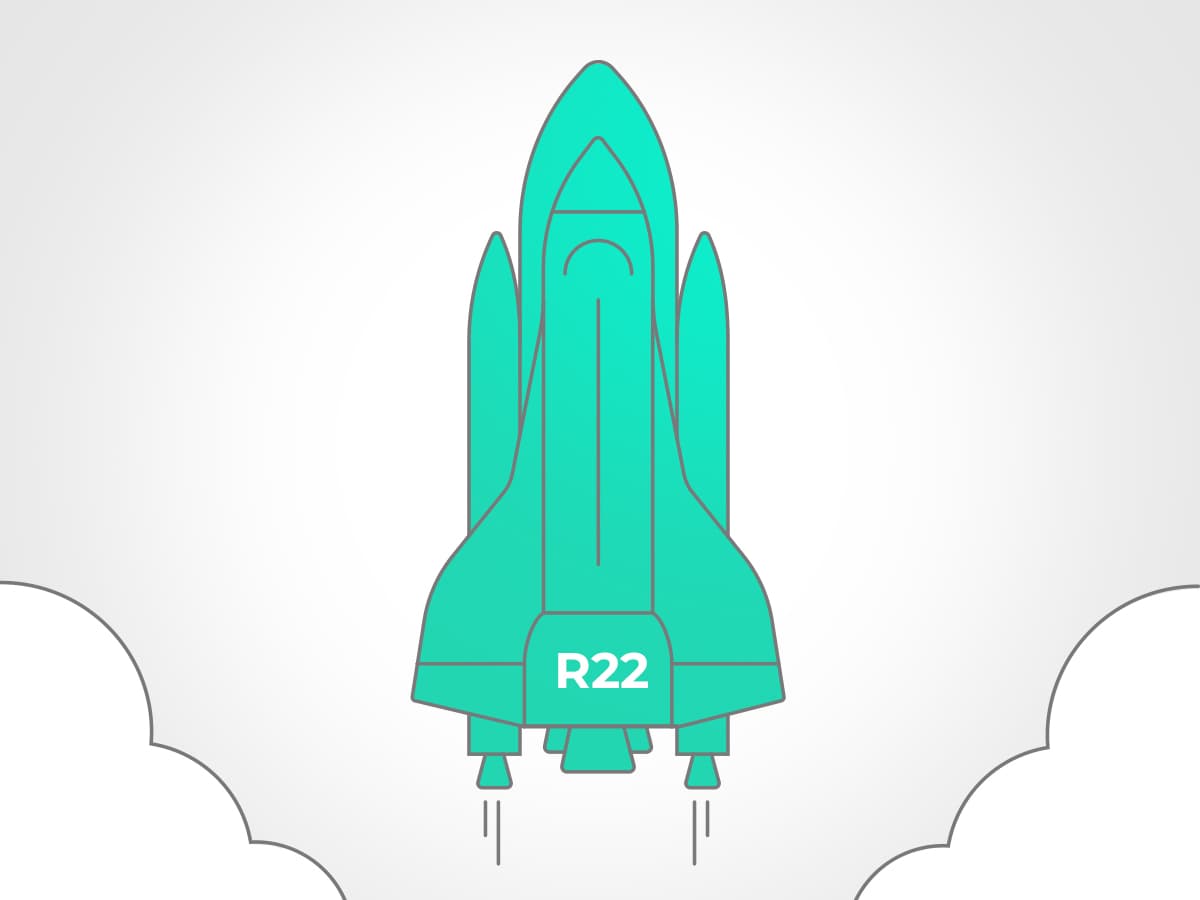What’s New in Version 22?

Txture new release 22 is now available! We very much appreciate the close cooperation with our customers and partners to push the platform forward. In the current release we were able to incorporate some experience from previous projects and thus further improve our offering. Let’s have a look at what’s new!
Complete redesign of asset sheets
When it comes to creating or editing IT assets in Txture, the asset sheet is your central component for the task. In order to improve readability and usability, we decided that it was time to redesign it. Of course, we have also added some new features to it.
From now on, links and properties of assets are separated into individual tabs and property categories are foldable to gain more overview. Depending on the asset type, the asset sheet offers different quick functions: application assets, for example, allow you to jump directly into the Transformation Cockpit so that you can receive relevant information regarding the cloud assessment of the selected application.
Also commenting, attachments, and changing timeline functionalities got better and their use significantly.
 New asset sheet design
New asset sheet design
More APaaS, PaaS and storage cloud services
APaaS-based cloud target architecture proposals have been strongly requested over the last months. This tempted us to expand our portfolio to automatically generate proposals leading to suitable cloud target architecture of assessed applications, including e.g. VMware Tanzu, Google App Engine, Azure Web App, or AWS Beanstalk.
 Select VMware Tanzu services in different configurations for your cloud proposal.
Select VMware Tanzu services in different configurations for your cloud proposal.
Our Cloud Knowledge Engine, now also covers a broader range of database and storage systems. With storage taken into account, more precise target architectures and better cloud price estimates are possible.
 Comparing cloud proposals across different providers is possible now in greater detail.
Comparing cloud proposals across different providers is possible now in greater detail.
New Propagation Rule Engine and UI
Txture’s Propagation Rules are a powerful customization feature that allows platform administrators to transform, combine, and propagate collected data across assets and links, performing arbitrary calculations along the way.
Propagation Rules find popular use when transferring and aggregating costs of underlying infrastructure, software components, etc. in order to derive TCO of related applications. Also, topics like root-cause analysis or application health tracking via combining underlying system component state can be addressed easily.
With this release, we have invested to improve and ease the management of Propagation Rules. Navigation, testing, and error correction have been major considerations, besides applying a more user-friendly design as well. Propagation Rules are a really powerful feature. If you haven’t used them yet, I recommend taking a look and start expressing your advanced use cases with it - regardless of whether your focus is Cloud Transformation or Enterprise Architecture Operations Management.
In addition, we have expanded our offering in the following other areas:
- We added the option to execute importers in a “dry-run”. This allows you to check out first what happens when executing an importer, before finally importing data and synchronizing it with the repository.
- We improved the survey configuration and added the option to hide sections of a survey based on freely configurable conditions.
- We made our asset queries even more powerful with two new commands:
- Filter assets by the number of links, e.g. to identify loose assets without context during data QA (by link count).
- Add all connected assets by following arbitrary paths across a number of links. This allows you to follow a path while selecting all traversed assets, e.g. if you want to add a path to all encountered assets (transitive closure).
- Txture now offers a new data source to Jira Software. You can use this data source to query your Jira tickets using a JQL query and import data from ticket properties.
- We expanded Txture’s reporting capabilities and added new features to the Cluster Matrix Report, such as the option to show neighbors of assets in cells or to aggregate cell assets.
Have we sparked your interest in exploring the new version in a hands-on demo? Let's start!
